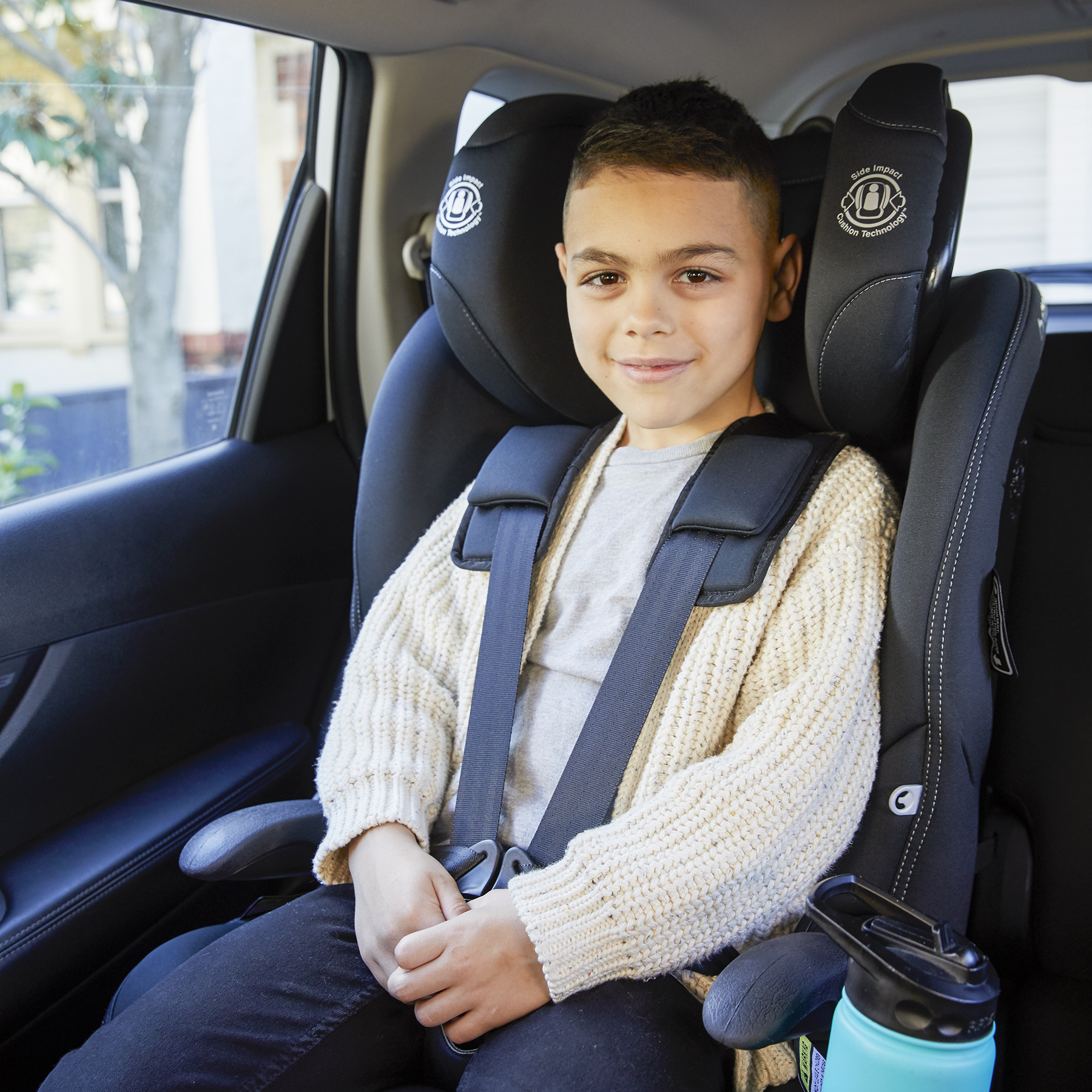Travelling in the car is something that we regularly do with our families, whether that be setting off on a road trip during the holidays or taking a quick trip around the corner to the shops to pick up supplies for dinner.
Motor vehicle crashes are a major cause of unintentional death and injury, which is why it is important that we all take measures to ensure everyone is travelling as safely as possible.
Correctly fitted and used child car restraints and booster seats play an important part in protecting children from serious injury and death in the event of a crash.

To ensure that the maximum level of protection is provided for your children, it is important that the restraint they are travelling in is:
When considering which child car restraint to buy for your child, there are a number of things to consider, including if the child car restraint complies with the Australian standard AS/NZS 1754, if it is the correct one for your child’s size, how comfortable you feel using it, and how well it will fit into your vehicle.
Second hand child car restraints should be used with caution. If you are considering using one, make sure that it is less than 10 years old from the date of manufacture, has never been involved in a crash, comes with all parts and instructions, and is in good condition with no splits, cracks, or stress marks on the shell, and no frayed, worn or damaged straps.
It’s important to remember that the laws outline the minimum requirements. Evidence shows that there is more that can be done above and beyond these minimum requirements to help keep children safe when travelling in the car. The Best Practice Guidelines provide information and advice to help you keep your children safe on every trip.
For more information on the laws and best practice guidelines – including the 5 step test – please click here.
Resources
A Guide to Child Car Restraints Fact Sheet
Mini Checklist – Keeping Your Child Safe On Every Trip
Kidsafe Seat Safety Checklist
Easy Read Fact Sheet – Child Car Seats
National Child Restraint Best Practice Guidelines
Purchasing a Rearward Facing Restraint for Newborns
RACV – Child Restraints and Airbag
RACV – Using Restraints
VicRoads – Child Restraints, Booster Seats and Seatbelt Readiness
Child Restraint Evaluation Program
Seat Me Safely
Proudly supported by
